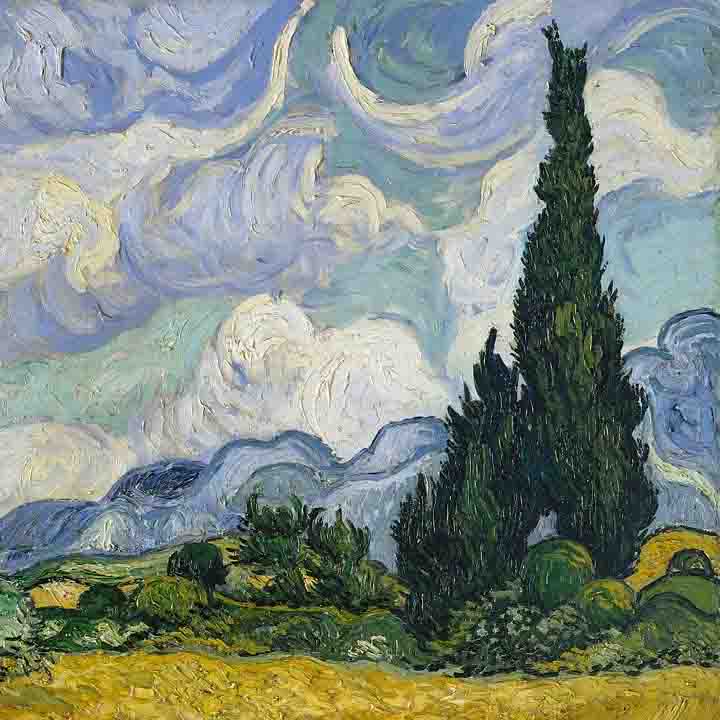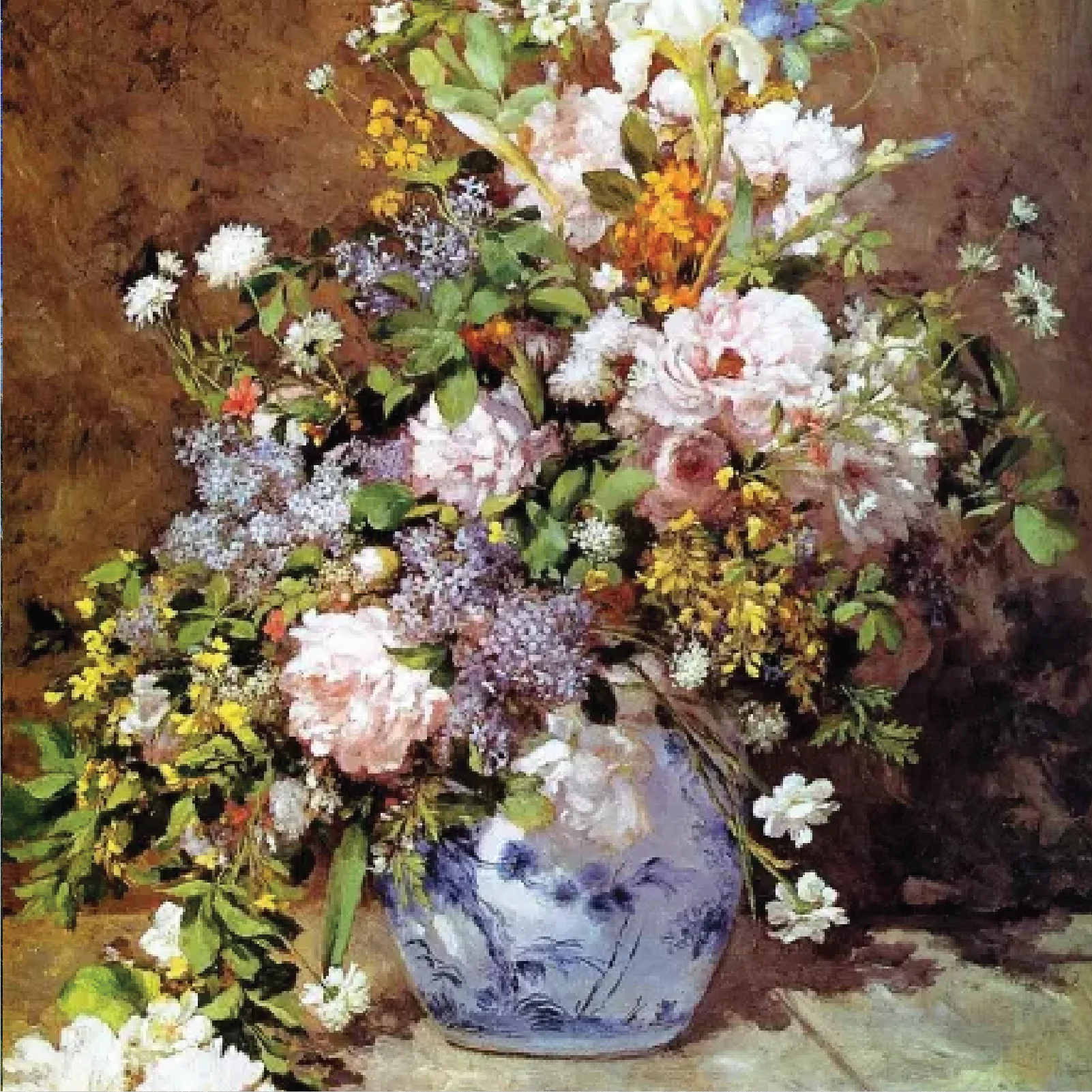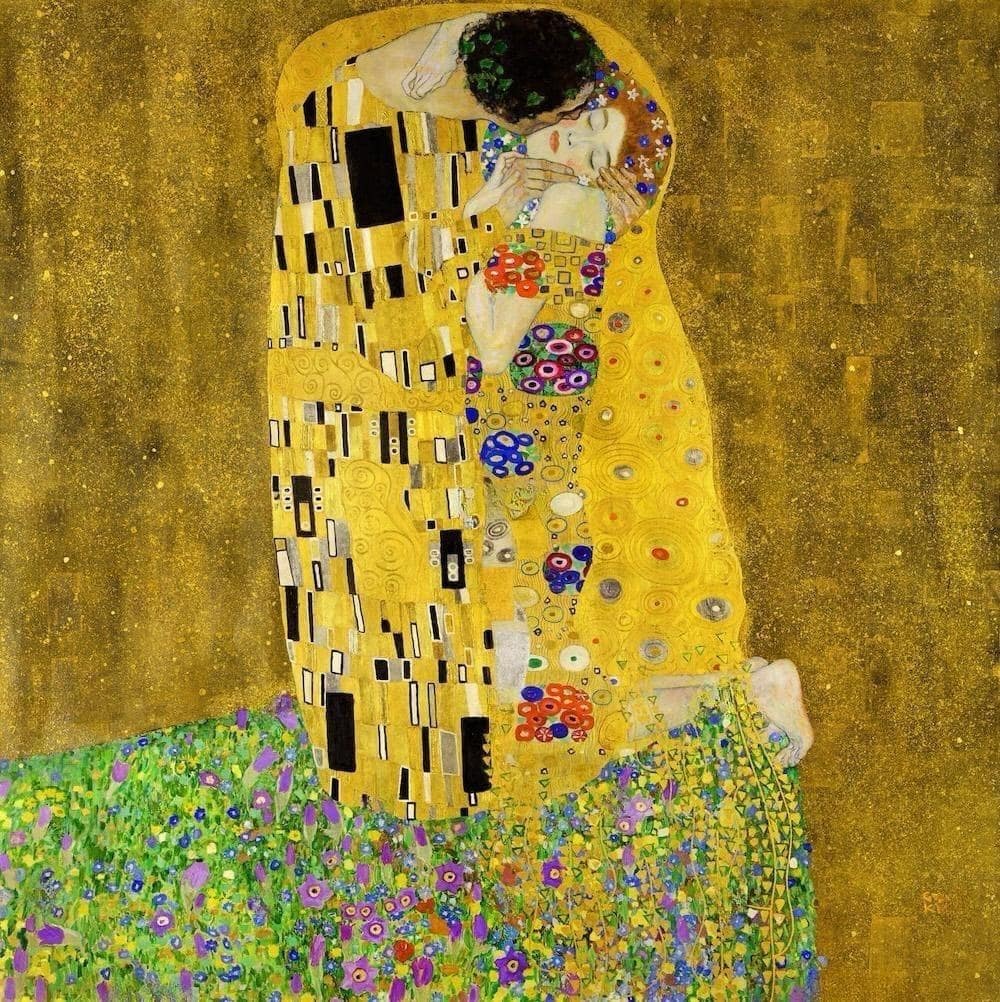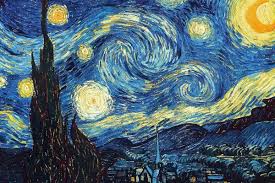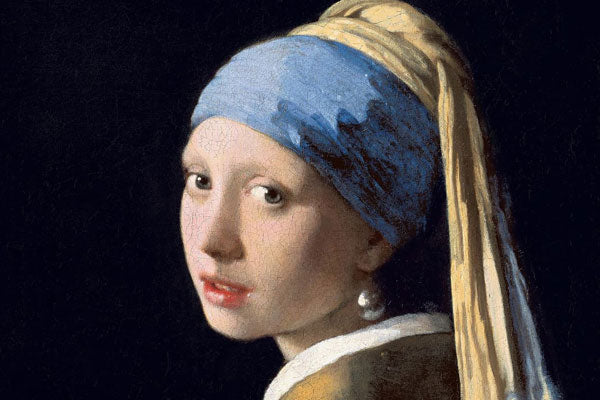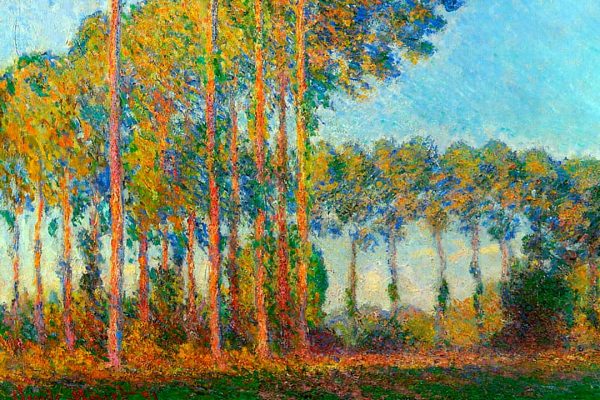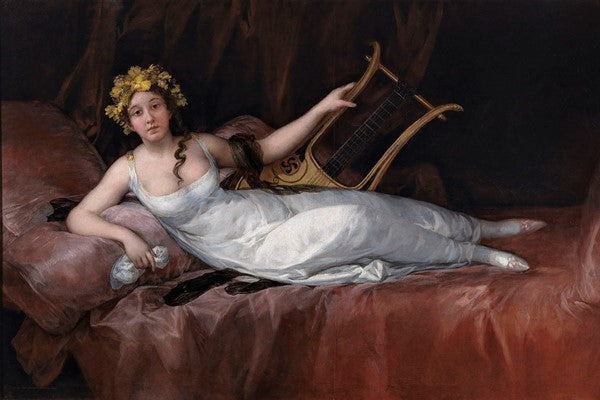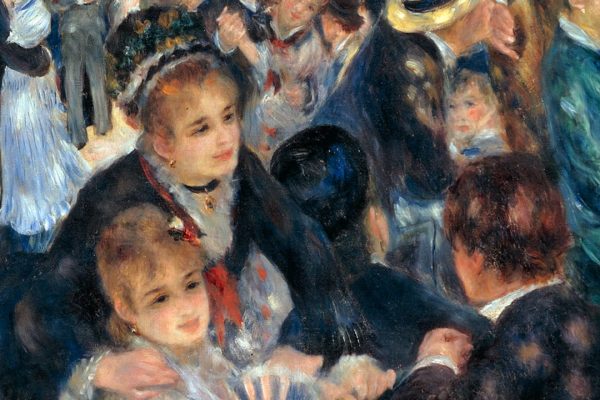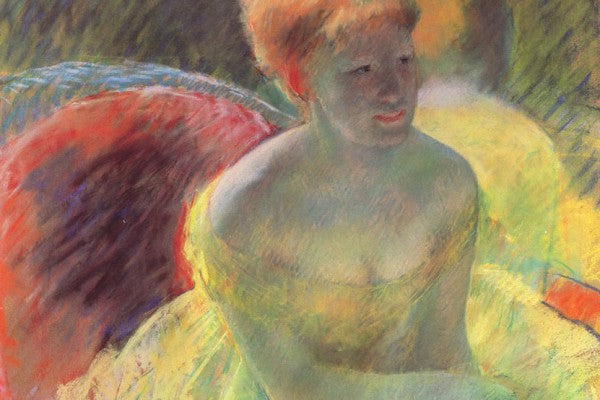Art lovers often face a tough question. How can they bring the beauty of famous artworks into their homes without spending too much? The marketplace is flooded with an infinite number of reproductions.
But, how do you recognize which ones are worth your investment? Reproducing art is difficult. There are varying degrees of quality. They can leave you feeling overwhelmed and unsure.
Knowing what makes a high-quality art reproduction is key. It allows for informed choices. It ensures that the art you pick truly captures the original's essence.
In this blog, we'll discuss art reproduction quality. It will help you navigate this complex world with confidence and appreciation.
Types of Oil Painting Reproductions
Oil painting reproductions offer many options. They cater to different tastes and budgets.
1- Giclee Prints
Giclee Prints is a high-quality digital image produced by an inkjet printer. They closely replicate the original artwork. They are renowned for their vibrant colors and high-quality designs.
2 - Canvas Prints
A canvas print is a digital image printed onto canvas. The canvas is usually stretched over a frame. Many people like this method because it looks and feels like traditional graphic art.
3 - Hand-Painted Reproductions
Original artists create hand-painted reproductions. These reproductions aim to capture the styles and details of the original artists.
Differences in Quality Between Oil Painting Reproductions
Understanding the quality differences in various famous oil painting reproductions is important. It helps in making an informed choice. Several factors affect the quality of these reproductions.
These factors include the materials and methods used. They also include the skills of the artists or printers. There are different factors that determine the quality of oil painting reproductions.
1. Materials:
The type of canvas and paint used is crucial. It affects the final quality. High-first-class reproductions use archival-grade canvases and paints. They ensure sturdiness and vibrant colors.
2. Technique:
The replica technique matters. It applies to both digital printing and hand-painting. It affects the appearance. Techniques like Giclée printing offer high resolution and accurate color reproduction. Hand-painted reproductions offer texture and depth.
3. Skills
The artist or technician's skill greatly affects the duplicate. Skilled artists can copy the details and brushstrokes of real art.
Importance of Canvas and Paint Quality in Reproductions
First-class canvas and paint are paramount in producing an exceptional artwork reproduction.
Canvas Quality:
High-class canvases are typically made from cotton or linen. They are constructed to endure. They offer a strong base that supports the paint and enables the integrity of the replica to hold.
Paint Quality:
The type of paint used in reproductions also matters. The paints are archival-grade. They do not fade or discolor. They keep the replica realistic for decades. In hand-painted reproductions, artists use fine oil paints. They do this to replicate the feel and richness of the original work.
Comparing Reproduction Methods and Their Impact on Quality
Different reproduction methods offer varying levels of quality and authenticity.
1. Giclée Prints:
these have high definition and colour constancy. They are made using superior inkjet printers. They capture difficult details and are reproduced on awesome canvas or paper. However, they lack the tactile texture of a hand-painted piece.
2. Canvas Prints:
These are published pictures on canvas. They may be cheaper. But, the quality varies based on the printing technology and materials. They offer a good balance between cost and appearance. However, they may not capture the fine details of the original artwork.
3. Hand-Painted Reproductions:
Artists create them. They meticulously replicate the authentic portrayals. They offer the closest resemblance to the authentic, consisting of texture and brushstrokes. They come at a premium cost and require lengthy procurement processes.
4. Lithographs:
Lithographs are less common for oil painting reproductions. They can offer great images with fine detail. They are often used for limited edition prints. They may cost more than other techniques.
Identifying High-Quality Oil Painting Reproductions

Look for high-quality art reproductions. Recognize the key indicators that set them apart from lower-quality options. Here are some essential factors to consider.
These are the key indicators of high-quality art reproductions
1. Artist's Skill and Craftsmanship
The ability of the artist growing the replica performs a extensive function in its fine. Look for reproductions made by means of artists with a proven track file of workmanship. Experienced artists can copy the original's nuances. These include brushstrokes, texture, and colour changes.
-
Level of Detail and Accuracy
High-quality reproductions carefully mimic the details of the original artwork. Pay attention to the accuracy of the colors. Furthermore, examine the precision of the details and the replication of fine information. A good duplicate will capture the essence and mood of the original piece. It will make it nearly indistinguishable from the real thing at a glance.
-
Use of High-Quality Materials (Canvas and Paint)
The substances used in the replica substantially impact its sturdiness and appearance. High-quality canvases are made from cotton or linen. They provide a strong base. Archival-grade paints resist fading and retain their vibrancy over time. Use the duplicate with these top materials. This will ensure longevity and visible appeal.
Comparing Reproduction Techniques

Comparing art printing techniques requires understanding how traditional and digital methods differ. It also requires an understanding of how technological advances have impacted reproduction quality.
Traditional vs. Digital Methods
Traditional Methods:
These include techniques such as lithography and hand-painted reproductions. Lithographs involve moving an image from a flat surface to paper or canvas. Hand-painted reproductions are made by skilled artists.
-
Digital Methods:
Techniques like Giclée printing use advanced inkjet printers. They produce high-resolution images on canvas or paper.
-
Pros: High accuracy and detail; affordable and quick to produce; consistent quality.
-
A downside is the lack of tactile feel in hand-painted works. Traditional collectors may value them less.
Advancement in Technology and Their Impact on Reproduction Quality

Technological advancements have significantly progressed the quality of virtual reproductions. Modern inkjet printers can produce photos with remarkable detail. They can also produce them with great color accuracy. They rival traditional methods. High-quality inks and canvases are used in Giclée prints. They make digital copies popular among art lovers. They ensure durability and vibrancy.
-
Traditional Methods:
These are ideal for creditors who value uniqueness and authenticity. Hand-painted reproductions offer a personal touch. People often prefer them to original paintings.
-
Digital Methods:
Perfect for those seeking low-cost, top-notch artwork. Giclée prints offer fine detail and color. They are great for redecorating homes and offices.
Tips and Tricks to Spot a High-Quality Reproduction
-
A great hand-painted copy will have texture and intensity. It will be like the original painting. You need to see and feel the brushstrokes. They give the artwork a real and lifelike look.
-
Inspect the small information carefully. This encompasses complex styles, subtle shades, and sensitive trails. A great copy will showcase the information with skill. It will reflect the artist's precision and fascination with detail.
-
Ask about the type of canvas and paint used. Good reproductions are of high quality. They use archival materials. These materials help keep the artwork in excellent condition for years.
Conclusion
When buying high-quality art reproductions, make informed choices. Art that meets your needs. You can pick it by understanding the types of recycled materials and techniques used. You can also know the quality indicators. It will also enhance your space.
We highly recommend exploring the offerings at Art and See. They are committed to quality. This commitment ensures that you get stunning, detailed reproductions. They capture the essence of the original masterpieces.
FAQs
How can I tell if a reproduction is of high quality?
Look for accurate colors and fine details. Check for high-quality materials. Examine the texture and craftsmanship.
Are hand-painted reproductions better than digital prints?
Hand-painted reproductions offer texture and authenticity. Digital prints, such as Giclée, are accurate and more affordable.
What materials should I look for in a high-quality reproduction?
High-quality reproductions use archival-grade canvases and paints that resist fading and ensure long-lasting longevity.
Why should I buy from Art and See?
Art and See is known for its high-quality reproductions. It uses top-notch materials and skilled artists to create beautiful, durable artworks.





